The High Cost of Queen Elizabeth’s Country Homes
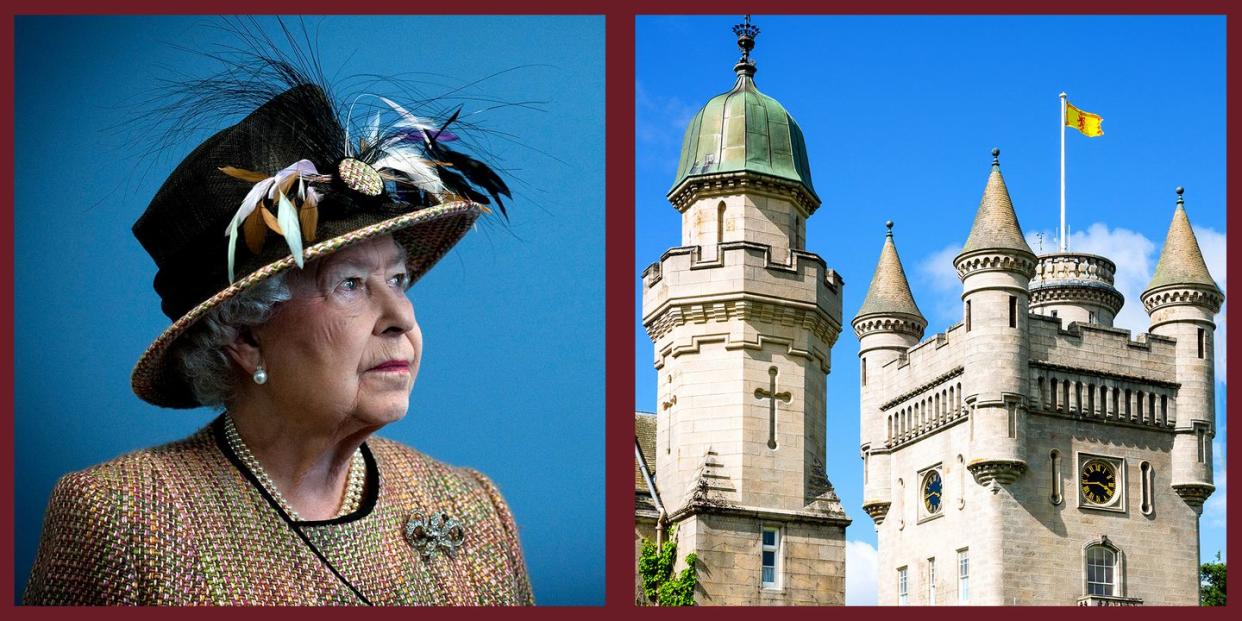
Running a second home can be a drain on resources for anyone, but when you’re the Queen of England and your “little place in the country” turns out to be the two sprawling estates of Balmoral (46,000 acres in Scotland) and Sandringham (20,000 acres in Norfolk, England), the figures can be frightening.
So, how does Her Majesty manage to balance the books and how much of her wealth is tied in her country homes? While researching a new book on her private fortune, I came up with some startling answers.
Her Scottish retreat alone costs more than $4 million a year to maintain, but perhaps the most surprising revelation is that the entire Balmoral estate has recently been registered in the name of a commercial trust called Canup Ltd., whose directors include the Queen’s Treasurer, the head of the Royal Household, and the local land agent (Canup is the name of the nearby rocky hill that was the source of the granite used to build the original castle). The Scottish property has been in a family trust since Queen Victoria’s time; so, why transfer it to a more commercial financial vehicle now? The palace won’t say nor will the Scottish land registry although it did point out that formal registration is always sensible “to affirm good title.”
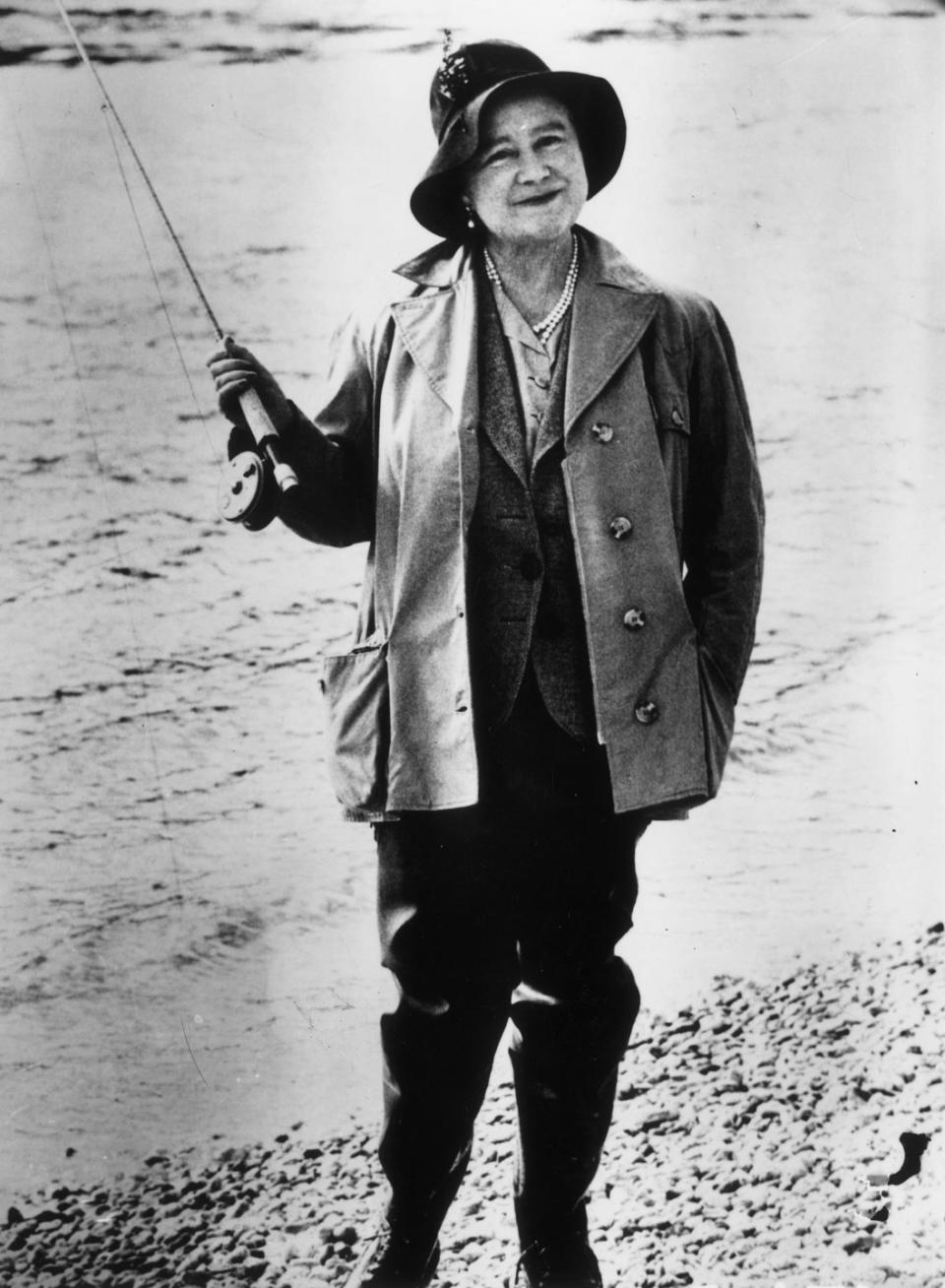
Is it simply a question of a 94-year-old monarch tidying up any ownership issues prior to passing it on to the Prince of Wales? A clue to the mystery lies in the way the main title registration (ABN130387) also includes a subsection on fishing rights. A linked title (ABN130388) refers to the “Separate Tenement: Salmon Fishing.”
Balmoral is blessed with some of the finest salmon fishing in Scotland; the Queen Mother famously cast her rod in the nearby river Muick, and now the public is being reeled in too with the offer of fishing in the same spot for $150 a day. In other words, it’s a way the grounds can be used to offset the estate’s high overhead. And the inclusion of salmon rights, which can sometimes be worth as much as $1 million, could help boost the market value of the entire estate to over $50 million.
The Royal Sheep Farm
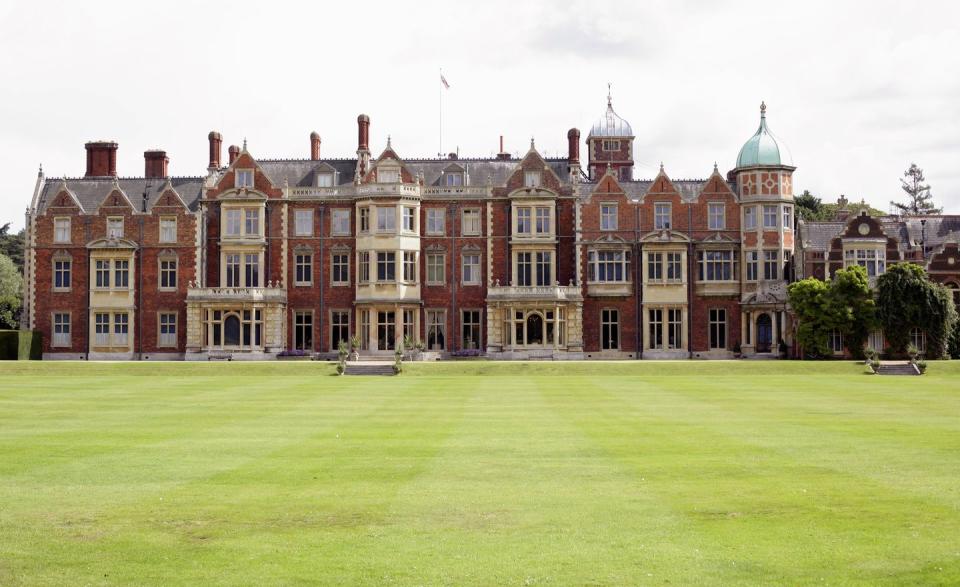
The Queen’s other private estate, Sandringham, on the English east coast, holds some fertile farming land where a range of cash crops are grown, from barley and oats to beans and sugar beet, as well as exotic black truffles. Nevertheless, it still relies on huge agricultural hand-outs. It came as a shock to discover that last year it received $1.3 million in European Union/Department of Agriculture farming support with around half the money going on environmental and “greening” projects, as the estate becomes increasingly organic under Prince Charles’s “Green Wellington” management. His stated aim is to have the biggest organic sheep flock in the country

In the last five years the farm has received a total of $4.3 million in Brussels aid. To critics, this smacks of another case of rich farmers making hay on EU subsidies. But, with Britain about to leave Europe, the tap will soon be turned off and the farm will have to plough its own furrow. Brexit may not bust the budget but it will leave a significant shortfall.
Off to the Races
Another potential drain on resources is the Queen’s horse racing venture at Sandringham and her other royal stables. For the frugal sovereign, equestrian pleasures—whether riding, racing or breeding—constitute her one indulgence (her trainer Henry Cecil called it “her form of relaxation”).
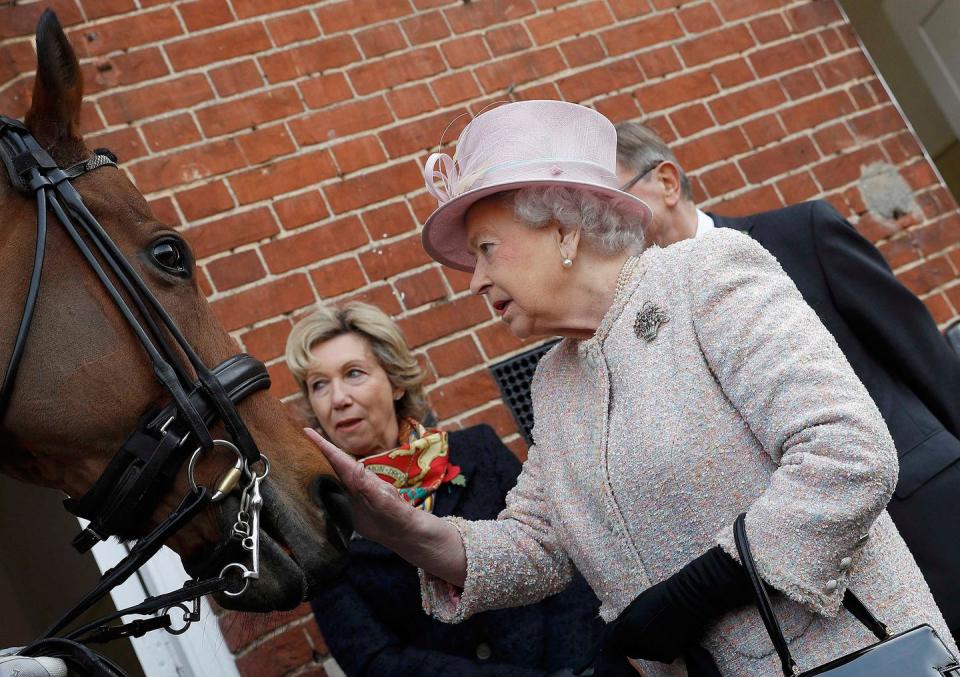
But it comes at a high price since as Dickie Arbiter, the Queen’s former press officer, points out: “racing is a very expensive business; you do not make much money.” One study estimated that in 2000 alone she spent over $1 million to run her horses. By my calculation in the last 30 years she could have spent as much as $13 million on her racing venture and in return received just $8 million in prize money.
More than likely the Queen’s horse racing venture now runs at a loss but some of the deficit may be offset by money earned from stud fees. Her estate contains a successful stud farm run by a world class bloodstock agent who attracts outside clients. With modern stables sporting infra-red drying equipment and CCTV cameras, the Queen is able to monitor breeding from afar on her digital device. Such hi-tech facilities coupled with her string of horses could push up the value of the whole estate to $90 million.
A History of Royal Downsizing
Of course, if the Queen needed to cut costs she could always downsize. The royal portfolio of private property has never been set in stone. Faced with crippling overheads, Edward VII unloaded Queen Victoria’s country pile, Osborne House, and also considered getting rid of Balmoral or turning it into an official, rather than private, residence.
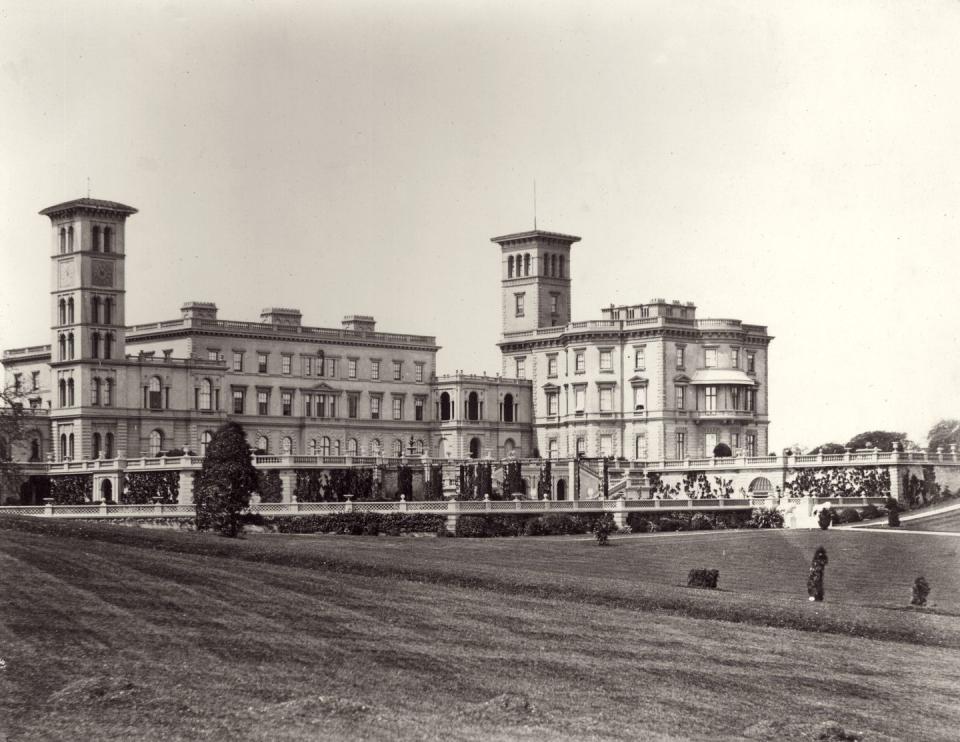
A decade ago well-sourced whispers suggested that Prince Charles could be open to the idea of gifting Balmoral to the Scottish nation while retaining the nearby Birkhall grounds for his private use. But since then, silence. When he actually succeeds Charles might to loath to wield the axe so brutally but a more cost-conscious King William or son George might consider two private estates one too many.
Adapted by David McClure from his new book, The Queen’s True Worth (Lume Books; 2020).
You Might Also Like

